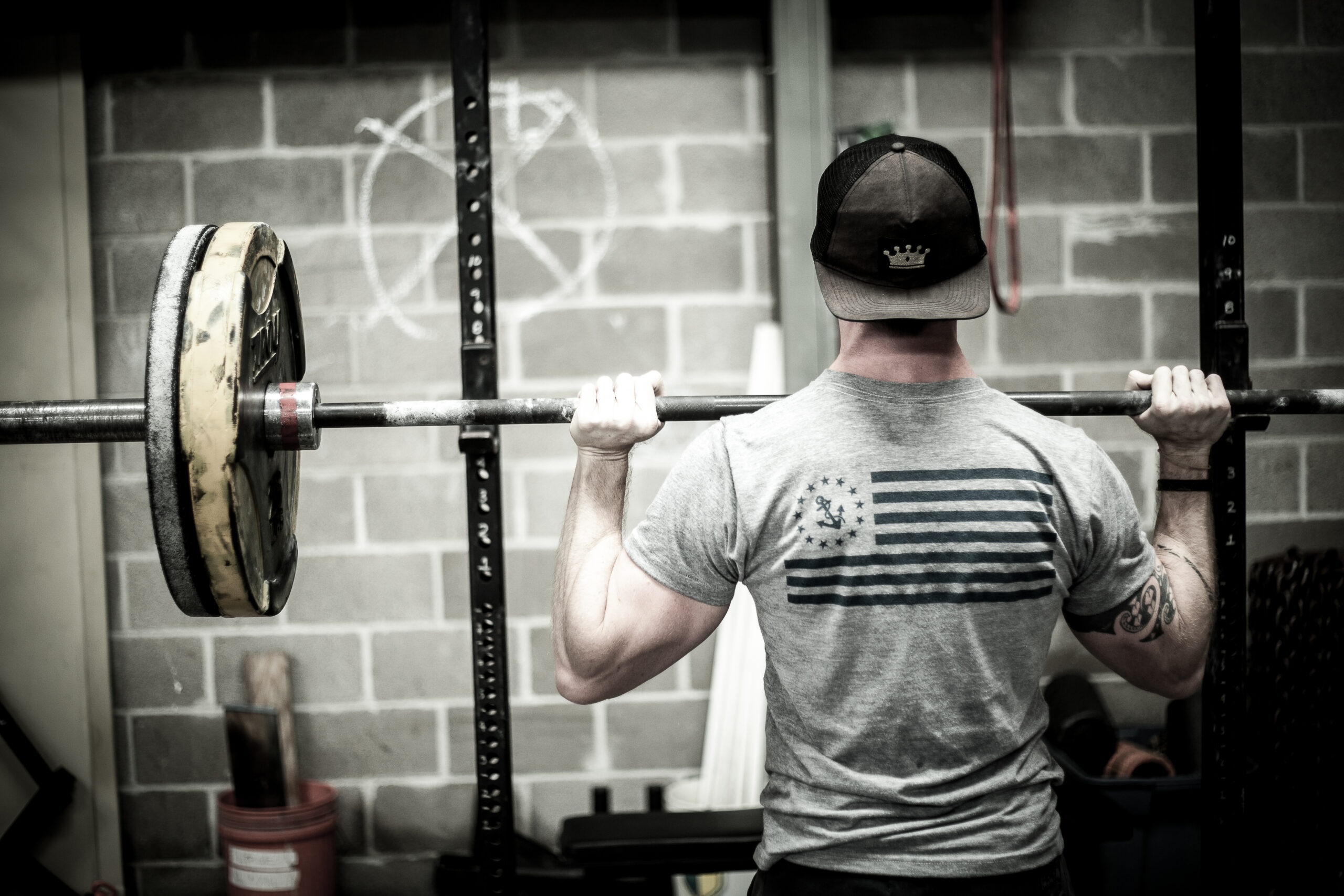Training Goals as You Age
- Posted
- by Coach Jake
Shifting Focus from Numbers to Longevity
Ah, the training goals of yesteryear—a glorious parade of ambition and misplaced optimism!
Back in the day, it was all about hitting big numbers and pushing limits: Squat 500 pounds, Clean 300 pounds, Bench 300 pounds, Deadlift 500 pounds. Ambition was high, and the sense of achievement that came from every new personal record was addictive.
And then, like a slapstick comedy, reality kicked in. The pursuit of numbers quickly collided with the reality of aging and the wear and tear that heavy lifting demands on the body.
- Squat 425 pounds? More like, “Oh no, my back!”
- Clean 270 pounds? Cue an elbow fracture and a newfound appreciation for not being able to fully extend it.
- Bench 245 pounds? My shoulders were so wrecked that even changing the radio station felt like a Herculean task.
- Deadlift 425 pounds? Well, something popped in my back, and it still whispers sweet nothings to me from 2009.
It sounds like a horror story for anyone invested in their physical fitness. You might be tempted to conclude, “Goals are the root of all injuries!” But goals aren’t the problem; it’s how we approach them that matters, especially as we age. The truth is, goals are like the spicy hot sauce on the burrito of training—they give it that extra kick.
Early Days: Goals Are Everything
In the early days of training, goals are everything. They’re what get you out of bed in the morning, into the gym after a long day at work, and through those tough sessions when Netflix is calling your name.
For a lot of us, the initial motivation comes from chasing those numbers. We want to lift heavier, move faster, and become stronger. Goals keep us accountable and help us measure progress in tangible ways.
But as time goes on, especially after a decade or more of pushing limits and dealing with a few injuries, there’s a shift in mindset that naturally occurs. Your perspective changes, and the numbers don’t hold the same weight they once did—pun intended.
The Shift: Longevity Over Numbers
After enough torn muscles and twisted ligaments, you come to a beautiful, if somewhat begrudging, realization: the only goal that truly matters is training tomorrow. It’s no longer about setting a new personal best in every workout; it’s about being able to train consistently without breaking down.
Training tomorrow means adapting to the day’s limitations. Whether it’s your back giving you trouble or your knees feeling a little stiff, the key is listening to your body and making adjustments. A heavy lifting session might turn into a gentle stroll, some core work, or even something as unglamorous as dragging a tire backwards while muttering choice words under your breath.
Why Showing Up Is the Real Victory
At 48, I’ve realized that showing up is the true victory. It’s not about who lifts the heaviest weights or who wins the most competitions anymore. The real win is making it to the gym consistently, day in and day out.
Some days, you’ll feel great and push hard. Other days, you’ll need to modify, drop weight, or even back off entirely. And that’s okay. Because the journey itself—the process of moving, challenging your body, and refusing to quit—is what keeps you coming back.
It’s about more than just physical fitness. It’s the camaraderie of your training partners, the satisfaction of completing a workout, and the mental resilience that comes from not giving up.
Embracing the “Training Tomorrow” Mindset
So, what does it mean to truly embrace a long-term training mindset? It’s about changing your focus from performance-based goals to health-based goals.
- Consistency Over Intensity
It’s tempting to push for heavy weights and fast times, but longevity in training requires consistency. Training five days a week at 60-70% effort is far more sustainable than going all out for two weeks and burning out. - Adapting Your Workouts
Listening to your body becomes crucial as you age. Not every day is going to be a PR day, and that’s fine. If your back feels tight, swap your deadlifts for mobility work. If your knees are sore, try a low-impact option like cycling or swimming. - Recovery Is Key
The older we get, the more important recovery becomes. Incorporating active recovery days, stretching, mobility work, and plenty of sleep into your routine helps keep you in the game for the long haul. - Enjoy the Journey
Training shouldn’t feel like a chore. It should be something you enjoy and look forward to. Whether it’s learning new skills, like martial arts, or joining a new fitness community, find ways to keep the process fun and engaging.
The Real Goal: Just Keep Moving
At this point, it doesn’t matter if tomorrow’s workout is an all-out strength session or a walk in the park. What matters is that you’re still moving, still showing up, and still doing something.
As you age, the best goal you can set for yourself is to stay in the game. Modify your workouts when necessary, prioritize injury prevention, and embrace the fact that consistency beats intensity in the long run.
Here’s to Training Tomorrow—because the alternative is sitting on the couch, watching reruns of the training goals you used to have.
By focusing on longevity and consistency, you can continue training well into your later years. The numbers might not matter as much anymore, but the fact that you’re still showing up—that’s everything.



